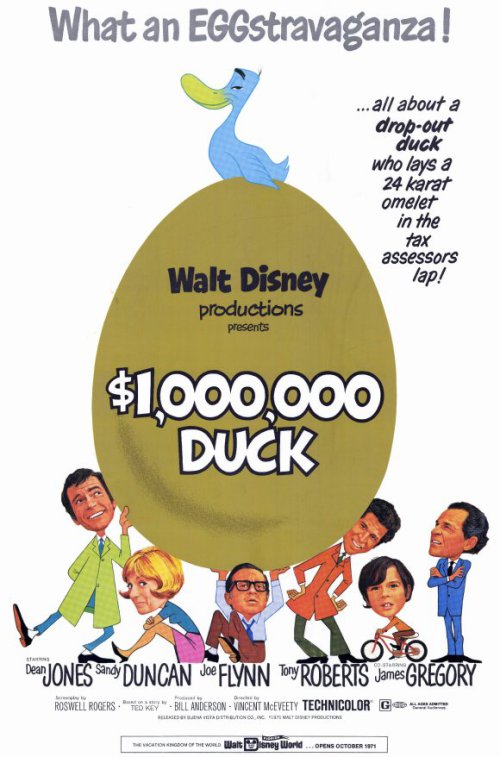
I liked 37.5 percent of this book, which is pretty appalling, considering that I paid $6.50 for it used.
The other 62.5 was about cancer, death, dead pets, and family strife – but mainly cancer. Additionally crippling is that because this is a book of nonfiction, you have to slog through the dreary reality of it all: it’s a great big slab of misery with judicious use of the Oxford comma. So in one, a left-handed man is bit on that hand by a dog; in another, a woman reconciles her difficult relationship with her mother by visiting her grave; as a final punch, the book ends with an essay written by a woman with stage 4(b) liver cancer, and this one gives you the works. Not only does she have a constellation of malignant masses in her abdomen, but she also has two young children and a doting husband. So in addition to the horror of cancer, you have to deal with the author’s speculations on what her untimely death will do to her partner and to the childhoods of her offspring. The biographies in the last few pages reveal that she died in the year before this collection was published.
I spent the next couple of hours wondering if I was feeling lumps, or if I was paranoid.
Thanks a lot, Book.
The problem with these books is that even the parts you hate are written so well, it’s hard to trash them – that and everyone seems to have cancer, which renders them bulletproof in terms of harsh and hyperbolic criticism. …Which is no fun. (And explains why it took me about four months to finish it.)
The essays I did like – all seven and a half of them – weren’t, on the whole, about death. The essay I read twice, “Grammar Lessons: The Subjunctive Mood” by Michele Morano, was like sinking into a perfectly warm pool, crossing to the deep end, and looking down through the water at what’s waving underneath. It wasn’t a lesson in grammar, really – though it was a cunning device – but a lesson for Morano herself as she traveled through her relationship. It’s paced beautifully, and ends just as we are about to reach for more. It leaves us on a gently drawn breath.
There was one essay about death I did appreciate, which is surprising, because it opens on the words, “In the elevator going down from the seventeenth floor, everyone is crying.” So begins Lily Tuck’s “Group Grief.” It’s about people who have been widowed, who are going through the first and most terrible stages of grief. Tuck looks at everyone else with crisp observation and severe judgement, something that she seems to revel in but also to criticize about herself. So while she details everyone else, she also includes her own emotional moments, tucked between more lengthy sections about the others: her anger at the pace of the group, the inanity of the tasks they are given; the quiet moments of grief that pass through her; how she imposes her grief on people who ask how she is doing. Slowly, she tells us more, and though we get slightly more information, we feel the weight of what she is unwilling to say. We get so much – our quota – and that’s it.
This withdrawal of information and Tuck’s sarcasm revives what could have been like all the other essays in the book. It proves that we are not entirely wells of sorrow in grief: we are also real people who don’t stop being who we are, even when wounded. At least, that is what I hope to be the case.
In the end, I finished the book, looked over at my boyfriend, felt tentatively for lumps the size of baseballs mooshed in with my organs, and said, “Gimme your pinkie.”
I swore then and there, with complete earnestness, I would never buy – or, sin of sins, read – a collection of essays of this ilk again.
Advertisements Share this:




